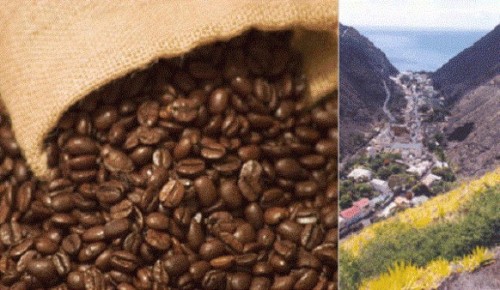Two basic methods of processing raw coffee beans
Raw beans are generally washed and dried, both of which can produce high-quality raw beans.

Washing method: Generally speaking, there will be a relatively bright acidity and a more consistent flavor. During the washing method, the pulp is immediately separated from the raw beans, rather than drying them like drying method. The procedure is as follows:
1. Selection: Put the fruit into a tank and let stand for about 24 hours. Ripe and immature are classified by sinking and rising, respectively, due to differences in density.
2. Pulp removal: The coffee fruit enters the pulp removal machine through the water flow, and the coffee beans and pulp are separated and spit out from two different outlets. The pulp and skin floating on the water surface are carried away by the water flow.
3. Fermentation: Coffee beans stored in fermentation tank for about a day, so that the remaining pulp fermentation peeling, by the way will also dissolve the coffee bean surface of the sticky matter.
4. Water washing: wash thoroughly in the washing field.
5. Drying: dry for several days, even if it rains, you can delay drying for a few days.
II. Drying method: drying method processing coffee acidity is lower, flavor also has more changes.
1. Separation: Separate ripe beans from immature beans in a manner similar to washing.
2 drying: spread in the drying field for sun drying. It usually takes 1 to 2 weeks, and due to the long time, special attention must be paid to climate change. In addition, coffee beans must be raked regularly every day to prevent fermentation and to dry the beans evenly. The moisture content of dried young beans dropped to about 12%.
3. Shelling: The dried coffee beans are sent to a hulling machine for hulling.
Except for parts of Brazil and Ethiopia, most Arabica species are treated by washing, while Robb's special species are treated by washing only in parts of Indonesia, and almost all others are treated by drying.
Important Notice :
前街咖啡 FrontStreet Coffee has moved to new addredd:
FrontStreet Coffee Address: 315,Donghua East Road,GuangZhou
Tel:020 38364473
- Prev

How to determine the freshness of coffee beans?
Freshness is the life of coffee how to determine the freshness of coffee beans there are three steps: smell, see, peel. ◎ smells the coffee beans close to his nose and smells deeply to see if he can clearly smell the aroma of the coffee beans. If so, it means the coffee beans are fresh enough. On the contrary, if the aroma is weak, or if the smell is already greasy (like peanuts or nuts for a long time)
- Next

How to make Irish coffee?
The reason why many people scoff at Irish coffee is that they have never had any authentic Irish coffee. The coffee they drink does not have a strong nutty aroma, bitter taste, caramel sweetness and the strong taste impact of whisky. The Irish coffee they usually drink is often cold, and the cream on it is always thin, so
Related
- What is the meaning of lactic acid fermentation with coffee bean treatment?
- How to judge the state of foam by sound?
- How does the latte pull out the unicorn pattern? Come to get for a little trick to improve the flower pull!
- Will flower pulling affect the taste of the latte?
- Do you know the history of coffee?
- The difference between honey treatment and sun washing what is raisin honey treatment?
- What kind of milk can a novice use to make coffee foam to keep the foam longer? The correct method and skills of milking tutorial sharing
- Why do washed coffee beans taste sour? Flavor characteristics of washed Coffee
- Introduction to the skill of how to practice the size and height of water injection around the circle of hand-brewed coffee
- How do beginners practice coffee flower drawing from scratch?

